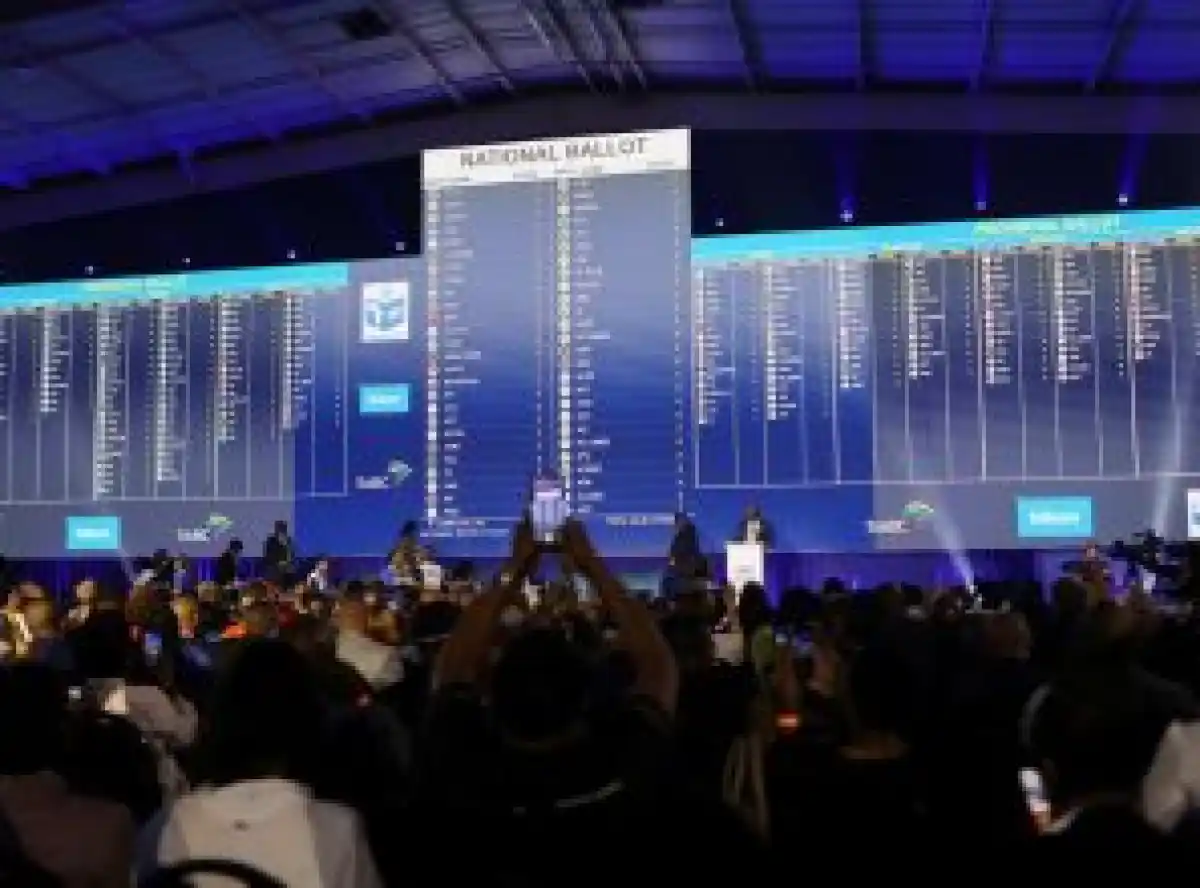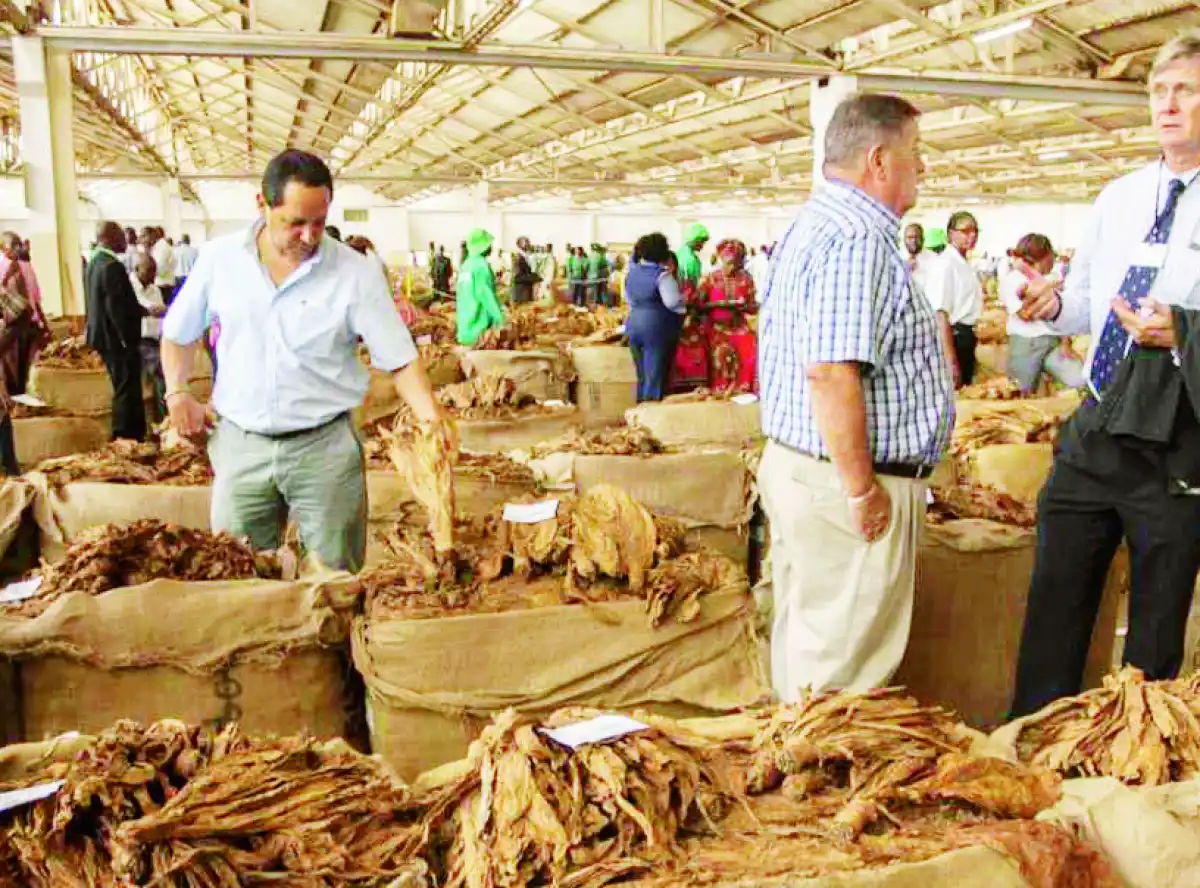
In January 2021, the Malawi Government launched the Malawi 2063 also known as MW2063 as a successor long-term development strategy to replace Vision 2020 that had expired after achieving minimal targets, largely due to lack of focus.
Through the new strategy, Malawi envisions to be “an inclusively wealthy and self-reliant nation” by 2063. To many a Malawian, the strategy was or is seen as the pathway out of poverty to the imaginary Promised Land of Canaan where milk and honey will flow.
To facilitate the attainment of the objectives and having drawn lessons from Vision 2020, the country formed the National Planning Commission (NPC) as a coordinating agency for the strategy which has 10-Year MW2063 Implementation Plans complete with 10-year targets.
MW2063 is premised on three inter-related and inter-dependent pillars of agricultural productivity and commercialisation, resource-based industrialisation and urbanisation.
Briefly, Malawi seeks to be an upper middle-income country by 2063 and be able to fund its own development needs. Thus, on the road to MW2063, the First 10-Year MIP targeted to make Malawi a lower middle-income economy by 2030, all things being equal.
Ever since the launch in January 2021, the MW2063 has gathered momentum with NPC director-general Thomas Chataghalala Munthali, PhD and his vibrant team passionately selling the vision to get the buy-in from various stakeholders, including the ordinary man and woman on the streets.
I have had the privilege of listening to the NPC team unpack the MW2063 vision and I must say the energy and confidence with which they drive home the message is out of this world. Listening to the team, one visualises a Malawi that is advanced with a solid manufacturing base and earning more foreign exchange than now.
But, as they say, the proof of the pudding is in the eating. While the NPC team may have the energy and passion, delivery is dependent on other factors.
Earlier this week, the NPC told the Budget and Finance Committee of Parliament that Malawi is not likely to become a lower middle-income country by 2030 and that the target may only be achieved 15 years later if it remains on the current path.
The NPC cited a series of external crises that have spilled over to Malawi as well as internal catastrophes. This combination has derailed the Malawi economy from growing at six percent per annum to consistently achieve the targets.
To still achieve the 2030 targets, the local economy needs to grow by at least 10 percent annually in the next six years, a tall order I must say, looking at the realities and the fact that in the past five years, economic growth has averaged about two percent.
But while the external factors and climate-induced shocks may have contributed to stagnation, I still feel that the country could have done better in some areas, including prioritising manufacturing by giving meaningful incentives as this is one sector that can accelerate growth rates and put the economy on the industrialisation path.
Next are issues of public finance management where, despite some efforts to tighten the screws, some cooperating partners, including the African Development Bank have expressed reservations that leakages continue from the public purse. Besides, some donors have noted problems of misprocurement and weak accountability in every audit of public entities.
Manufacturing, which one can say is embedded in the industrialisation pillar of MW2063, is key to creation of national wealth. But for manufacturing to work wonders there is need for incentives.
During the opening of the 34th Malawi International Trade Fair last week, Malawi Confederation of Chambers of Commerce and Industry (MCCCI) president Wisely Phiri echoed his predecessor Lekani Katandula’s sentiments on the harsh taxation regime that is stifling growth. Besides the taxes, the cost of borrowing is another impediment that manufacturers face to boost their businesses and increase production.
Where the manufacturing sector is kind of scaling down, it would be next to a miracle to expect it to meaningfully contribute to economic growth.
It is important for policies to be reading each other to achieve desired goals. In this regard, I find it ironic that the Malawi Government’s ATM strategy standing for agriculture, tourism and mining appear to “ignore” industrialisation embedded in MW2063 alongside agricultural commercialisation and productivity and urbanisation as three key pillars.
While manufacturing could exist in the ATM strategy’s agriculture or mining component, I still feel it deserved a dedicated seat at the table.
Today it is 39 years to MW2063. The onus is on our generation to decide on what country we want future generations to find in 2063 and beyond.
To achieve the aspirations, there is need to set the right priorities and include manufacturing in the key priorities.








0 Comments